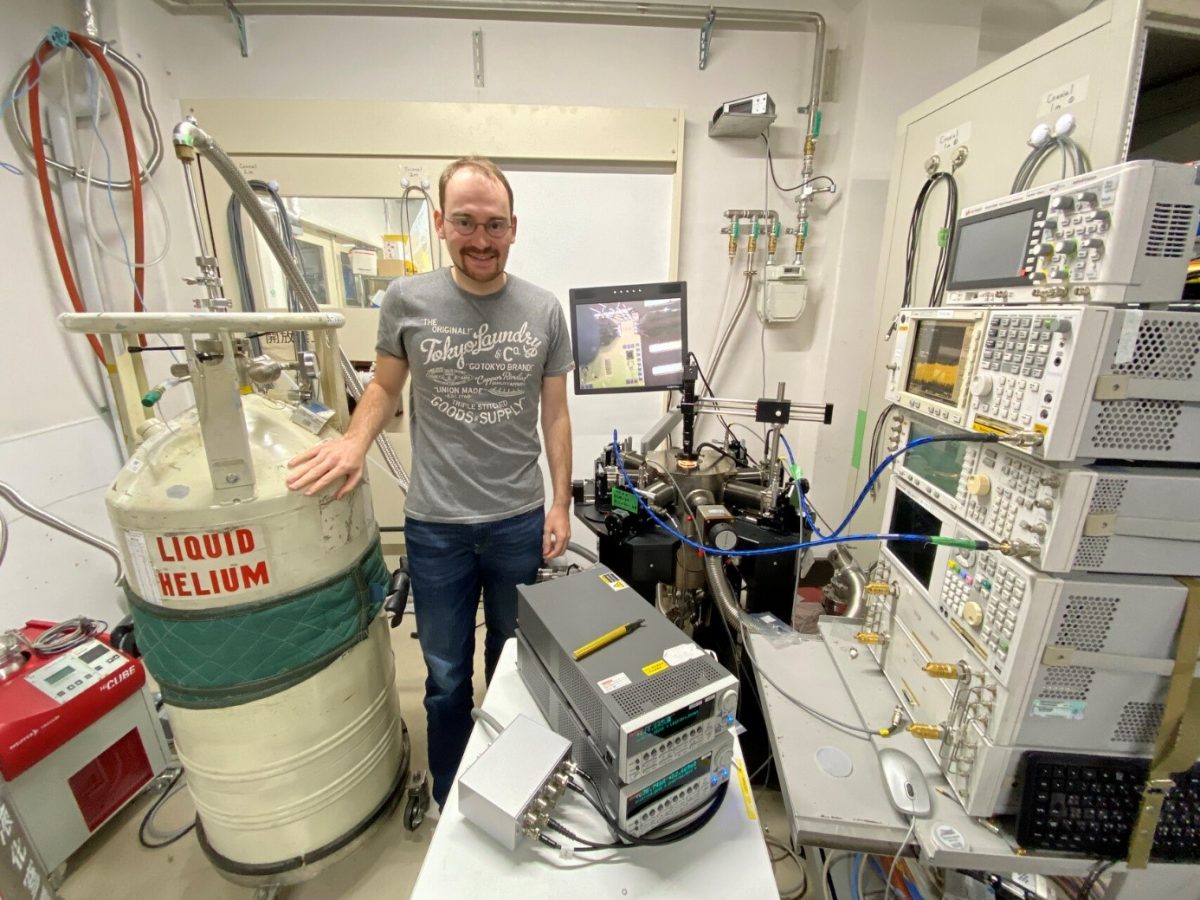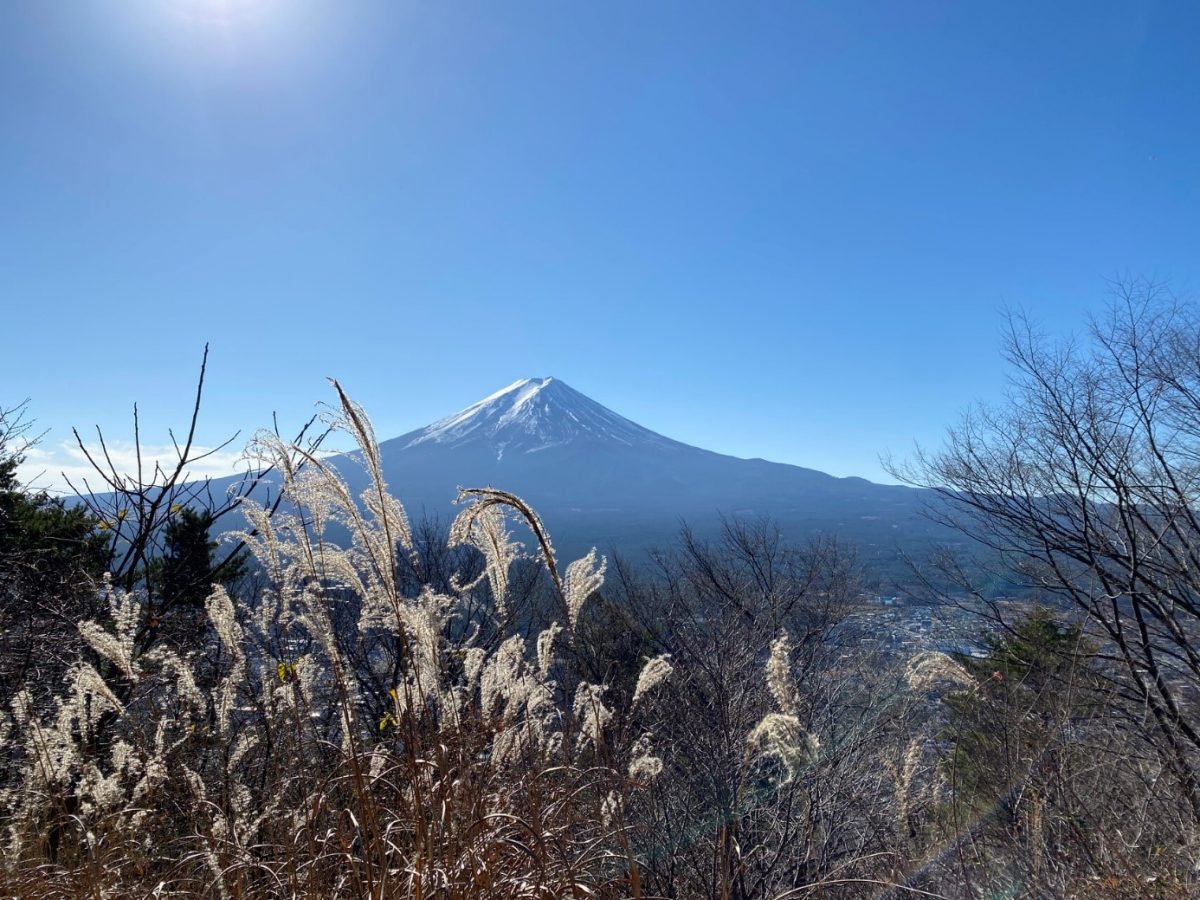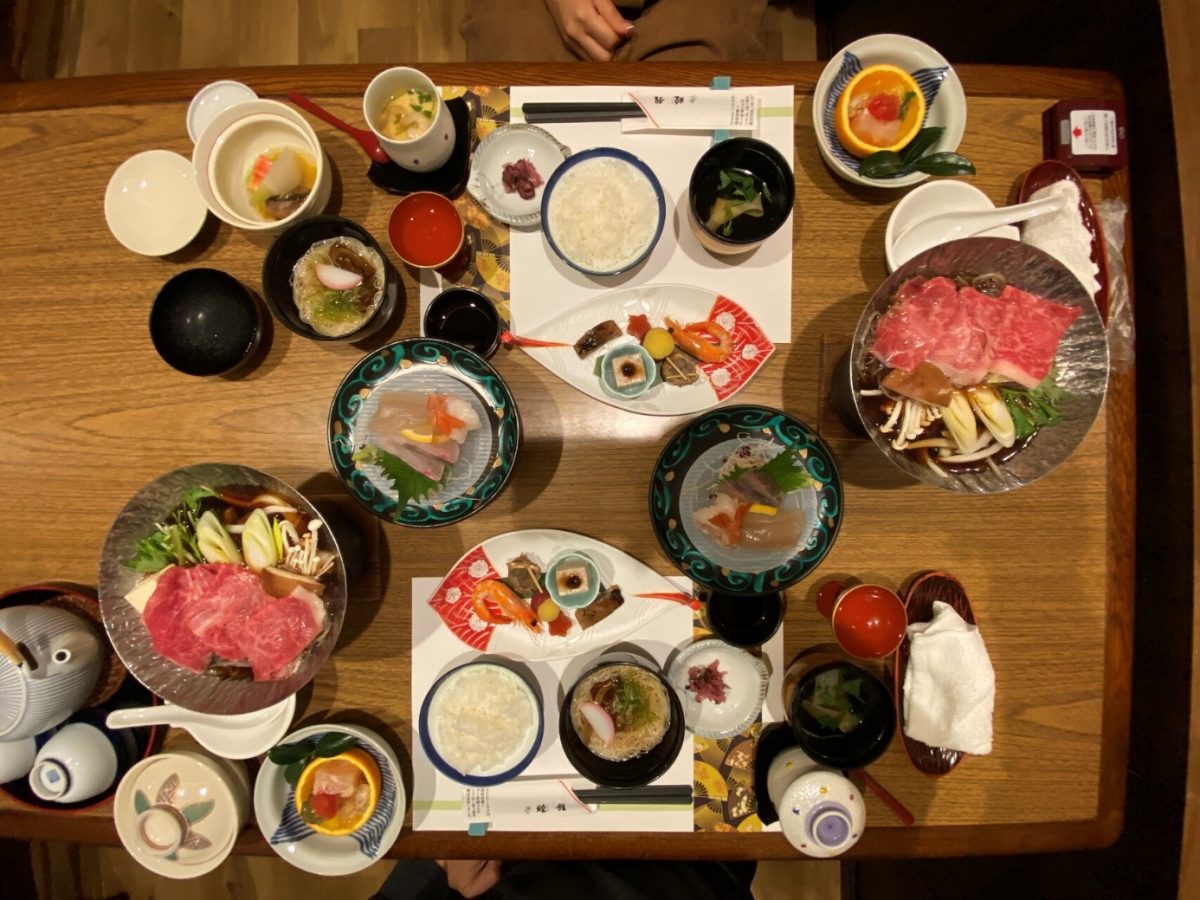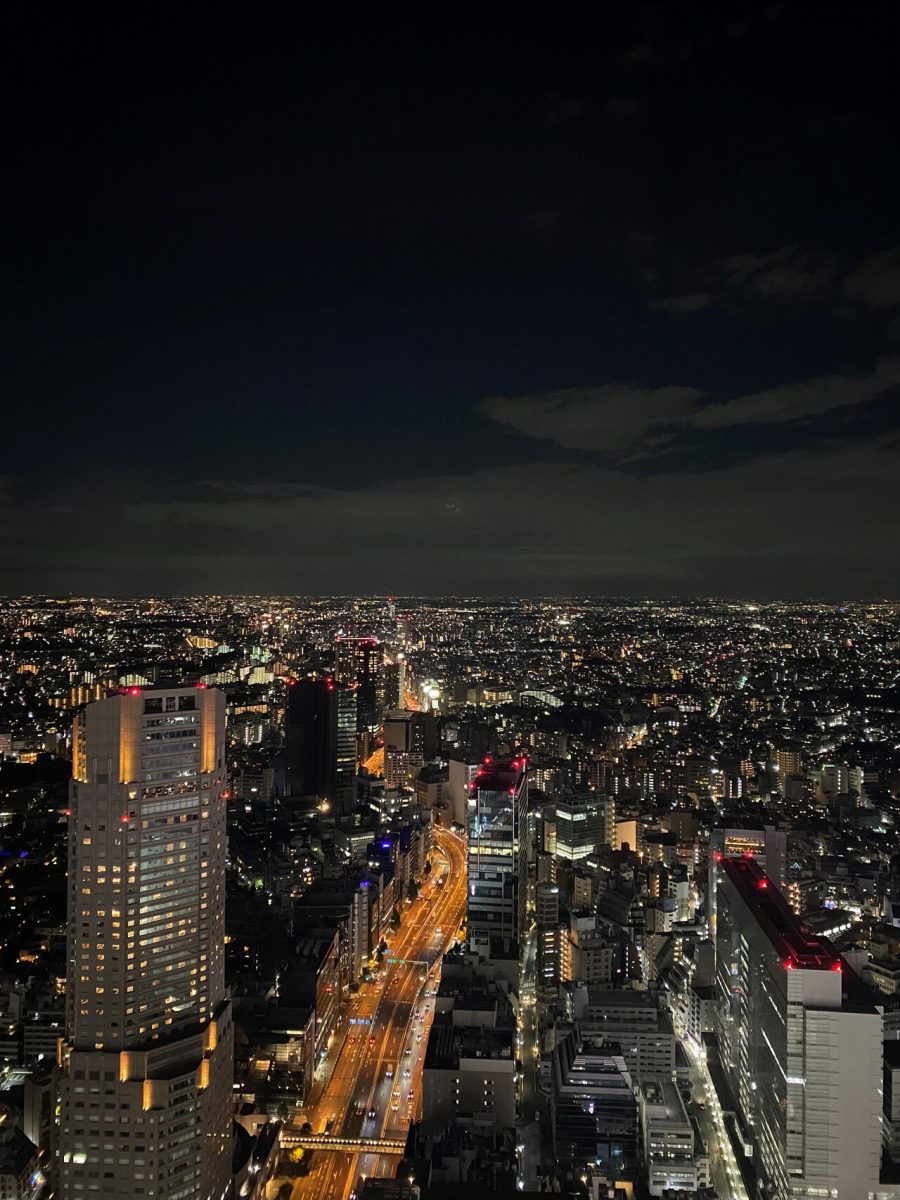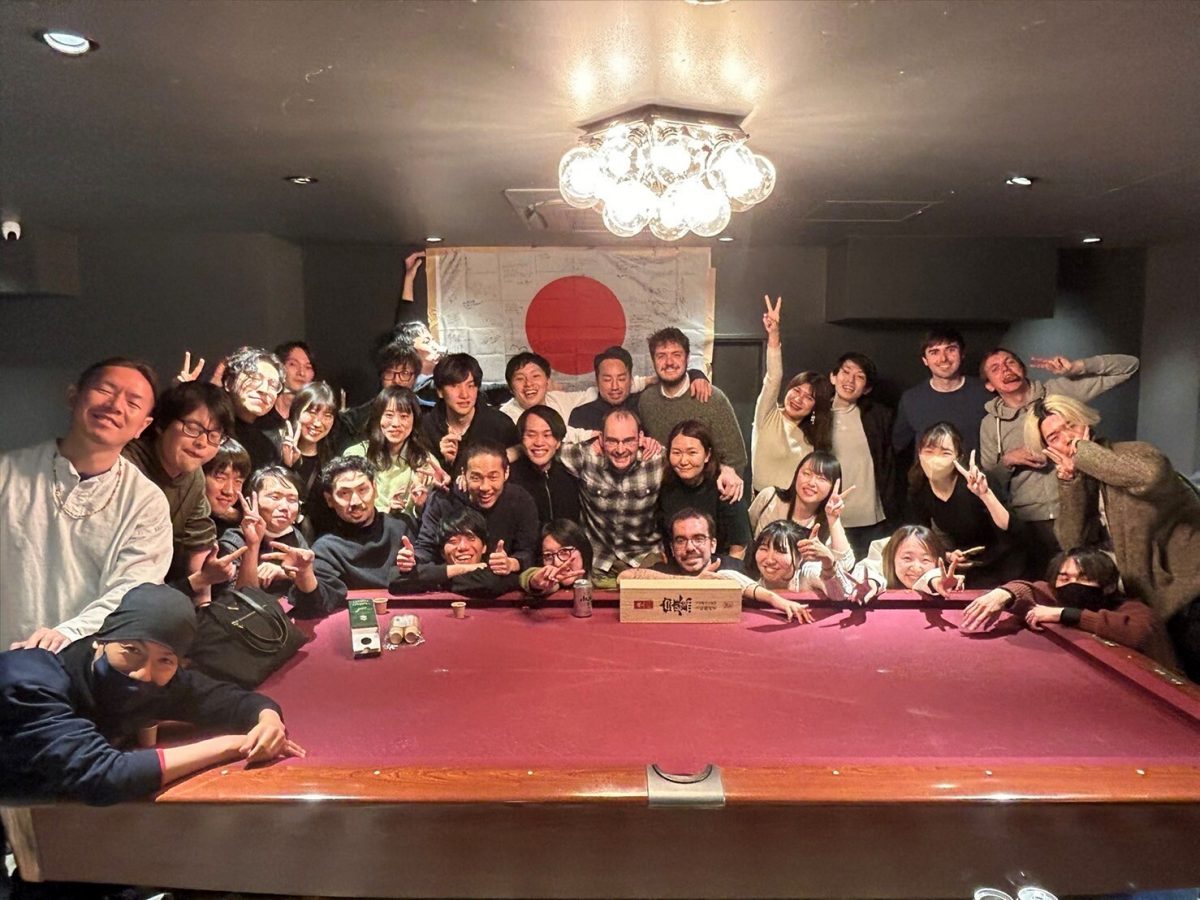Mail from … Japan Peter Toth, research associate at the Institute for CMOS Design, reports on his stay abroad in Tokyo.
General Information
This is where I live at the moment:
I am living in the greater area Tokyo, which is the most populous metropolitan area in the world with around 40.000.000 people on 14.000 square kilometres. In relation to Germany this accounts for roughly half of Germanies population on a fortieth of its size. Nevertheless, the neighborhoods outside of Tokyo’s center are very calm and peaceful to live.
This is what I do in Japan:
My tasks at the Ishikuro laboratory are grouped into two categories. On the one hand side research contribution towards my PhD degree. This includes the design of new integrated circuits which can be used to control quantum computers. The circuits which we are aiming for include complex signal generation capabilities thus requiring a mixed-signal design. The Ishikuro laboratory has experience in the digital design flow, which is required to implement communication interfaces and state-machines. I am looking forward to get experience in this domain of integrated circuit design.
Moreover, I will use the opportunity to measure previously designed circuits at cryogenic temperatures. Due to the quantum computer requirements our circuits have to operate at the same environmental conditions as the quantum chip itself which is currently at around 4 Kelven (around – 269°C). The Ishikuro laboratory has access to such special equipment which can cool down the circuits to the required temperature while providing electrical connectivity for functional verification.
On the other hand side, I am coordinating the planned activities within the research cooperation. In August 2022 for example our laboratories jointly organized a workshop related to the next level of quantum computing with 15 speaker and around 50 participants. Additionally Prof. Issakov visited the Keio University to give a lecture about integrated circuit design.
My stay lasts a total of …
7 months and takes place via the Instituts internal exchange programme.
This is why I decided to go abroad:
During my double degree masters programme I spent two years in Japan and enjoyed the combination of developing both professionally as well as personally in a cultural fascinating environment. That’s why I was looking for the same opportunity within my PhD.
Local life
This is how I live in Tokyo:
I am living in a shared house close to the university with around 140 residents. The house offers spacious shared facilities such as a kitchen, dining hall, lounge, cinema, remote working offices, library and roof top. This apartment was ideal for socializing and making new friendships. Since most of the residents are Japanese, I can also practice Japanese every day and gain additional insights into Japanese culture.
This is my favourite way to pass the time:
Japan has a unique bathing culture with the so called onsen/sento bath houses. These facilities come in all sizes, from small local bath houses with a few basins up to massive bathing complexes with restaurants, relaxing areas and saunas. The mountainous area in the west of Tokyo is easily accessible by trains, thus I am planning to ski and snowboard if I have some free time.
That’s what I learned here in the first three days:
I got reminded how convenient it is to commute via train and metro.
What I will take home with me from here:
Plenty of very warm memories and experiences with old and new friends and cryogenic measurement results.
Good to know
This is a local dish you definitely have to try:
Actually there are so many dishes worth to try when visiting Japan, that describing them all exceeds the scope of this article. Starting from main dishes such as Okonomiyaki (both Hiroshima and Oosaka style), Tonkatsu, Tempura over to desserts such as Yukimidaifuku and Warabimochi are good points to start with. Japan has a very wide variety of tastes to offer.
Which blunder should you avoid in Japan?
Speaking on a telephone while riding the train or eating on the train are considered as rude in Japan and should be avoided if possible.
This is a tip I give to other students or researchers who want to go to Japan:
Get a Suica card directly after you get off the airplaine. A Suica card can be charged with money and used for the public transportation system, in convenient stores and various other shops. It is possible to load the card on a smartphone and charge the card with digital credit card. This allows convenient money transfer with a good exchange rate.

